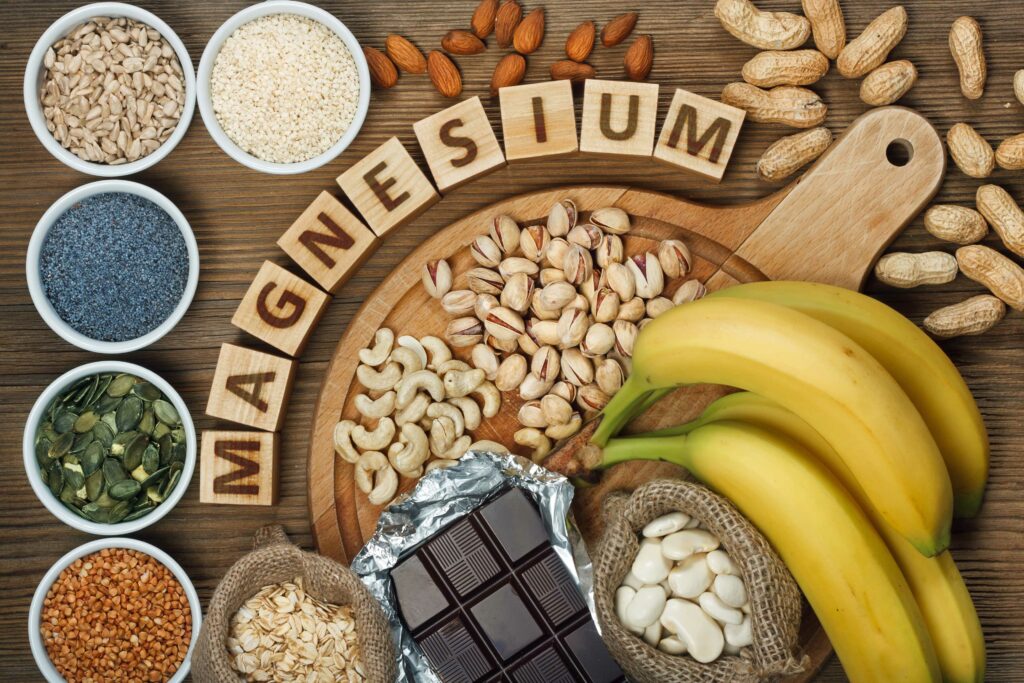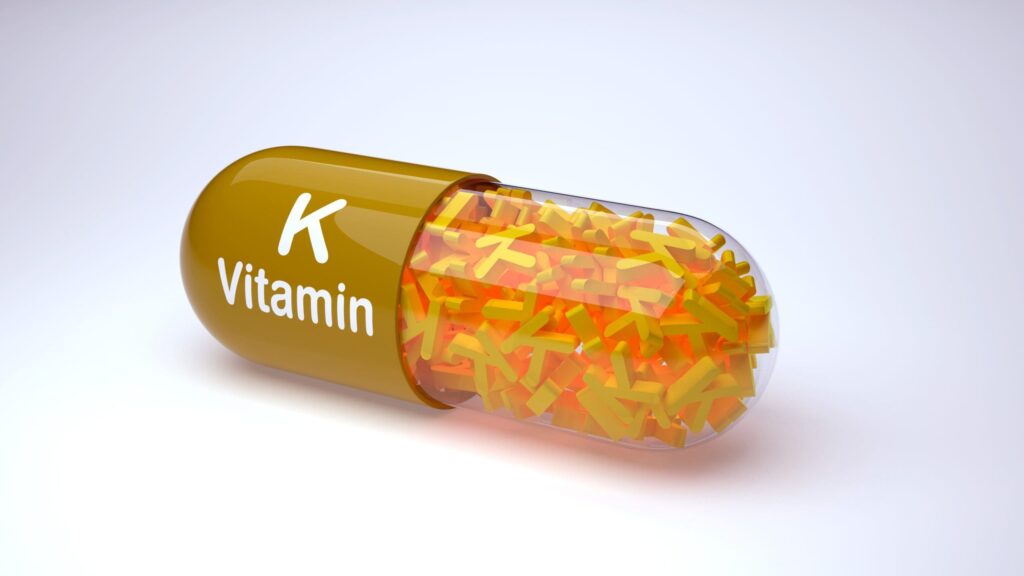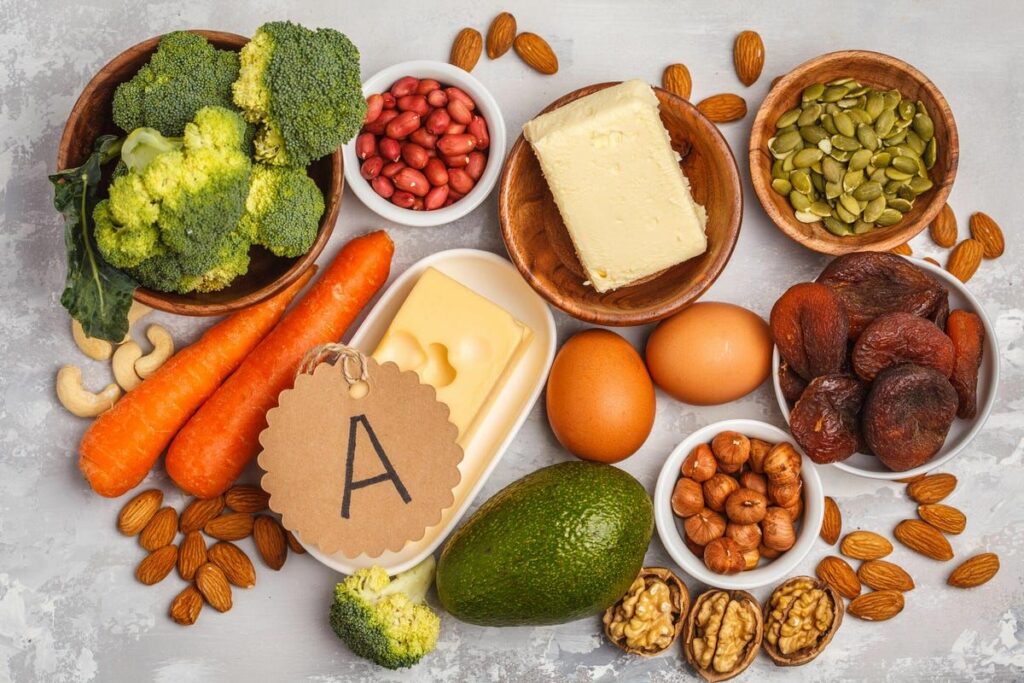Introduction
Iron, an essential mineral, stands as a linchpin in the intricate machinery of the human body. This micronutrient plays a pivotal role in various physiological processes, influencing everything from oxygen transport to energy production. In this comprehensive guide, we embark on an exploration of the benefits of iron, delving into its critical functions, dietary sources, and the implications of deficiency or excess in the pursuit of holistic health.
The Essence of Iron: A Building Block for Life
Iron, a transition metal, is indispensable to life as we know it. Its fundamental role lies in oxygen transport, facilitated by its incorporation into hemoglobin, the protein within red blood cells responsible for carrying oxygen from the lungs to tissues and organs. Additionally, iron is integral to myoglobin, a protein in muscles that facilitates oxygen storage.
Beyond its role in oxygen transport, iron serves as a co-factor for enzymes involved in energy metabolism, DNA synthesis, and immune function. As such, it stands as a key player in sustaining life-sustaining processes, from cellular respiration to the maintenance of a robust immune response.
Iron in Dietary Harmony: A Palette of Nutrient-Rich Foods
Heme Iron Sources
- Red Meat: Beef, lamb, and pork are rich sources of heme iron, which is more efficiently absorbed by the body compared to non-heme iron.
- Poultry: Chicken and turkey also provide heme iron.
- Fish: Certain types of fish, such as tuna and salmon, contain heme iron.
Non-Heme Iron Sources
- Legumes: Lentils, chickpeas, and kidney beans offer non-heme iron, suitable for vegetarian and vegan diets.
- Leafy Greens: Spinach, kale, and collard greens are rich in non-heme iron.
- Nuts and Seeds: Almonds, pumpkin seeds, and cashews contribute to non-heme iron intake.
Fortified Foods
Some cereals and plant-based milk alternatives are fortified with iron, providing additional options for those seeking to meet their iron needs.
The Symphony of Benefits: Iron’s Multifaceted Contributions
Oxygen Transport and Cellular Respiration
Iron’s primary role in hemoglobin enables the efficient transport of oxygen from the lungs to tissues. Within cells, iron participates in the electron transport chain, a crucial component of cellular respiration that produces energy in the form of adenosine triphosphate (ATP).
Energy Metabolism
Iron is a co-factor for enzymes involved in energy metabolism. It contributes to the breakdown of carbohydrates, fats, and proteins, supporting the body’s ability to derive energy from nutrients.
Cognitive Function
Adequate iron levels are associated with optimal cognitive function, including memory and concentration. Iron supports the delivery of oxygen to the brain, which is essential for neurological processes.
Immune Defense
Iron is vital for the proper functioning of immune cells. It plays a role in the proliferation of lymphocytes, which are crucial for mounting an effective immune response against pathogens.
Pregnancy and Fetal Development
During pregnancy, iron needs increase to support the growing fetus and the expansion of maternal blood volume. Iron is essential for preventing maternal and fetal complications, including anemia.
Muscle Function
Myoglobin, the iron-containing protein in muscles, facilitates oxygen storage and release during muscle contraction. This is vital for endurance ad overall muscle function.
Skin, Hair, and Nail Health
Iron contributes to the health of skin, hair, and nails. It is involved in the production of collagen, a protein that provides structure to the skin, and helps prevent conditions like brittle nails.
Iron Deficiency: Navigating the Shadows of Insufficiency
Iron-Deficiency Anemia
Prolonged inadequate iron intake can lead to iron-deficiency anemia, characterized by a reduction in the number of red blood cells and insufficient hemoglobin. Symptoms include fatigue, weakness, and pale skin.
Impaired Cognitive Function
Iron deficiency has been linked to cognitive impairments, affecting memory, attention, and overall cognitive performance. This is particularly significant in children and adolescents, where iron deficiency can impact learning abilities.
Weakened Immune Response
Insufficient iron levels compromise the immune system’s ability to mount an effective defense against infections. This can lead to increased susceptibility to illnesses.
Fatigue and Reduced Exercise Tolerance
Iron deficiency can result in fatigue and reduced exercise tolerance due to inadequate oxygen delivery to tissues and muscles.
Hair Loss and Brittle Nails
Inadequate iron levels may contribute to hair loss and brittle nails, reflecting the mineral’s role in supporting the health of these tissues.
Iron Excess: Navigating the Risks of Overload
Hemochromatosis
Hemochromatosis is a genetic condition characterized by excessive iron absorption. Over time, iron accumulates in organs such as the liver, heart, and pancreas, leading to organ damage.
Iron Toxicity
Excessive iron intake from supplements or fortified foods can lead to iron toxicity. Symptoms may include nausea, vomiting, and in severe cases, organ failure.
Increased Risk of Chronic Diseases
Some studies suggest that excess iron levels in the body may be associated with an increased risk of chronic diseases, including cardiovascular disease and certain cancers. However, the relationship is complex, and more research is needed to fully understand these associations.
Navigating Iron Balance: A Delicate Equilibrium
Individual Iron Needs
Iron requirements vary based on age, gender, life stage, and health status. Infants, children, pregnant women, and individuals with specific health conditions may have distinct iron needs.
Dietary Factors Affecting Absorption
Consuming vitamin C-rich foods alongside iron-rich meals enhances non-heme iron absorption. On the other hand, substances like tannins in tea and coffee and calcium in dairy products can inhibit iron absorption.
Regular Monitoring
For individuals with concerns about iron levels, regular monitoring through blood tests can provide insights into nutritional status. This is particularly important for those with conditions such as hemochromatosis or chronic illnesses.
Consulting Healthcare Professionals
Pregnant women, individuals with chronic illnesses, and those considering iron supplementation should consult healthcare professionals to determine appropriate intake levels and address specific health considerations.
In Conclusion: Iron’s Resonance in the Symphony of Life
Iron, with its multifaceted roles in oxygen transport, energy metabolism, and overall health, resonates as an indispensable element in the symphony of life. From the rhythmic pulsation of red blood cells to the dynamic dance of enzymes in cellular processes, iron orchestrates a harmonious balance crucial for well-being.
Navigating the landscape of iron, individuals are invited to embrace a diverse and nutrient-rich diet that caters to their unique needs. Mindful attention to iron intake, coupled with an awareness of potential deficiencies or excess, allows for a delicate equilibrium that fosters radiant health and vitality. As we journey through the interplay of iron within the body, we discover its resonance not only in physiological functions but also in the vibrancy of life itself.
- Salt Nicotine Sensations: A Flavorful Journey with Glowbar London - April 5, 2024
- Kratom Gold Shots By Just Kratom-Sippin’ Gold: A Flavorful Adventure with Just Kratom’s Kratom Gold Shots - March 16, 2024
- Vape Juice By Kind Juice-The Ultimate Vape Juice Review Unveiling Top Picks and Premium Blends - February 16, 2024




